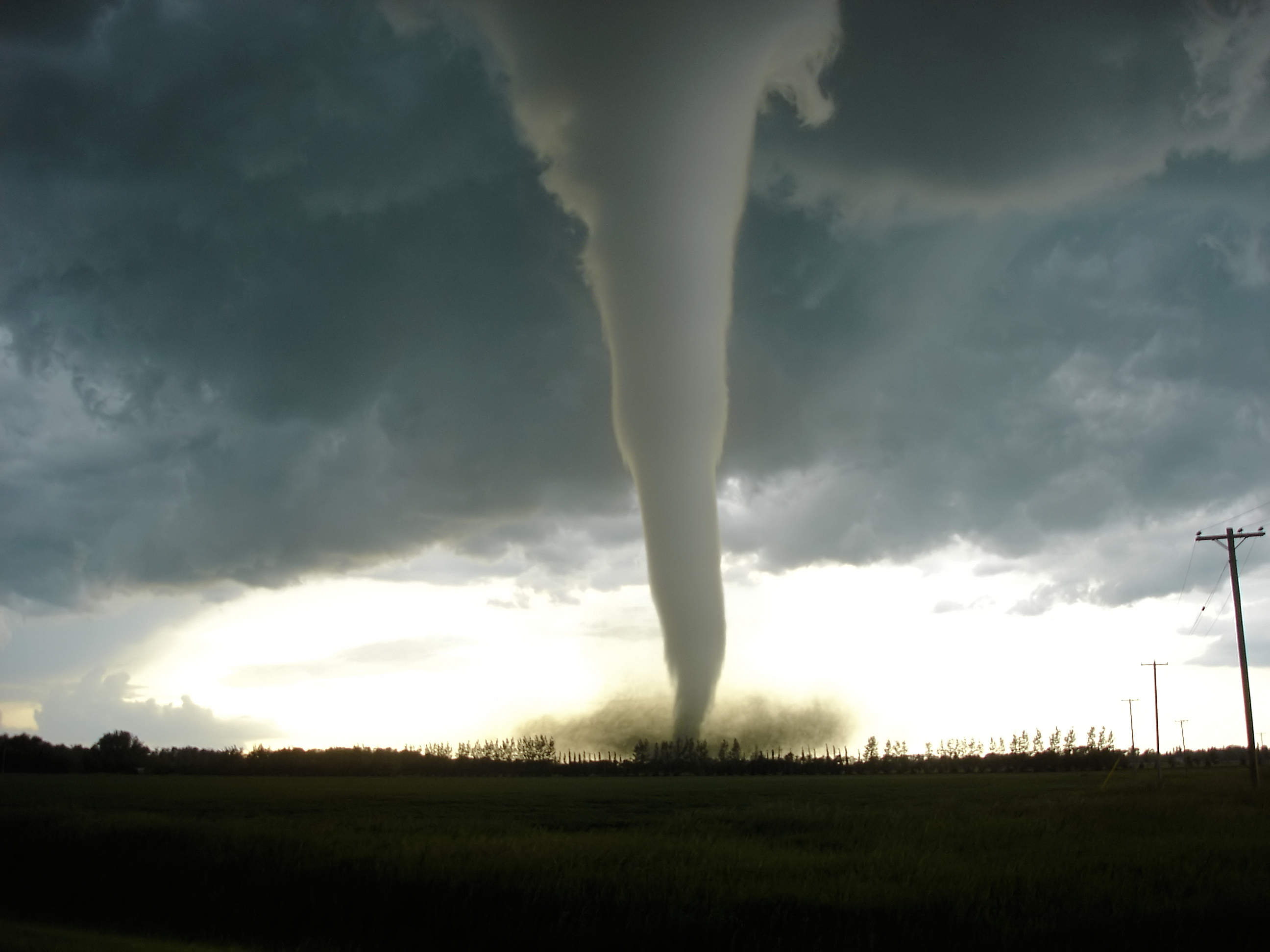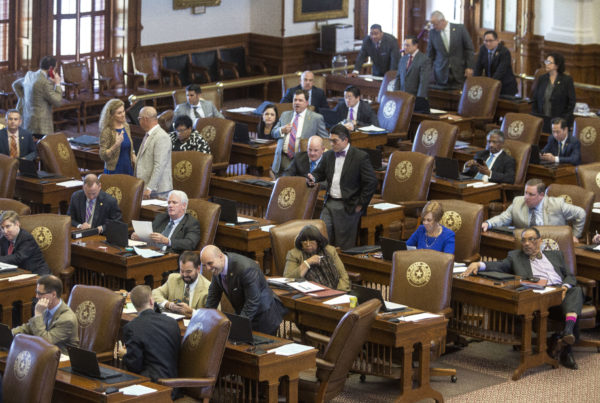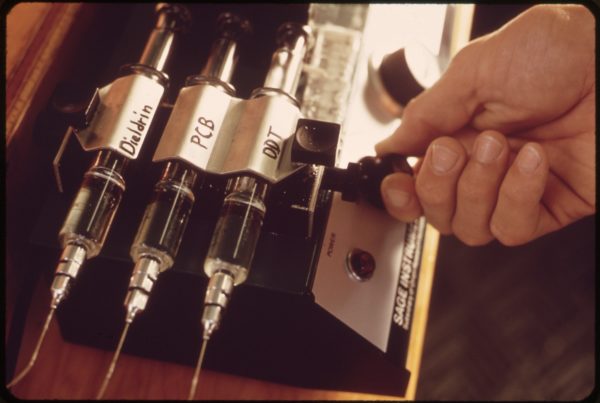Meteorologists are predicting that 2017 could be one of the most active tornado seasons in recent history. Texas has already experienced deadly tornadoes this year, and the season is most active in May and June.
If you’ve been a longtime weather watcher, you know how we measure these storms, and how those measurements have changed during the past decade,
in fact, it was ten years ago that researchers decided we needed something better than the F0-F5 rating system – the Fujita Scale. This change was in large part led by Professor Kishor Mehta, a Texas Tech civil engineer. He helped develop the new Enhanced Fujita Scale, or EF Scale. To more accurately measure the impact of tornados.
Mehta says the old system for measuring the severity of storms was developed in 1971, and assigned each tornado a rating based on the amount of damage meteorologists estimated it was capable of inflicting.
Mehta says measuring the storm’s wind speed was a central element of the Fujita Scale.
“We realized as engineers that [the Fujita Scale] was relating damage to wind speed,” he says. “In some cases, particularly in the F3, F4, and F5, the wind speeds were very high. It really did not take that type of wind speed to do the type of damage we were seeing. In addition, we needed a lot more definition of the type of buildings that were damaged.”
The EF Scale represents a paradigm change, Mehta says.
What you’ll hear in this segment:
– How the EF Scale measures storm severity
– How advocates of the EF Scale made their case for an updated methodology
– What impact the 1998 Jarrell, Texas tornado had on updating the scale
Written by Shelly Brisbin.
















